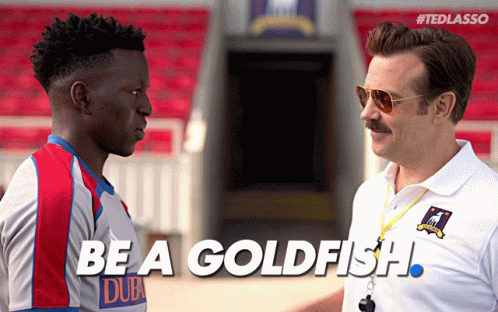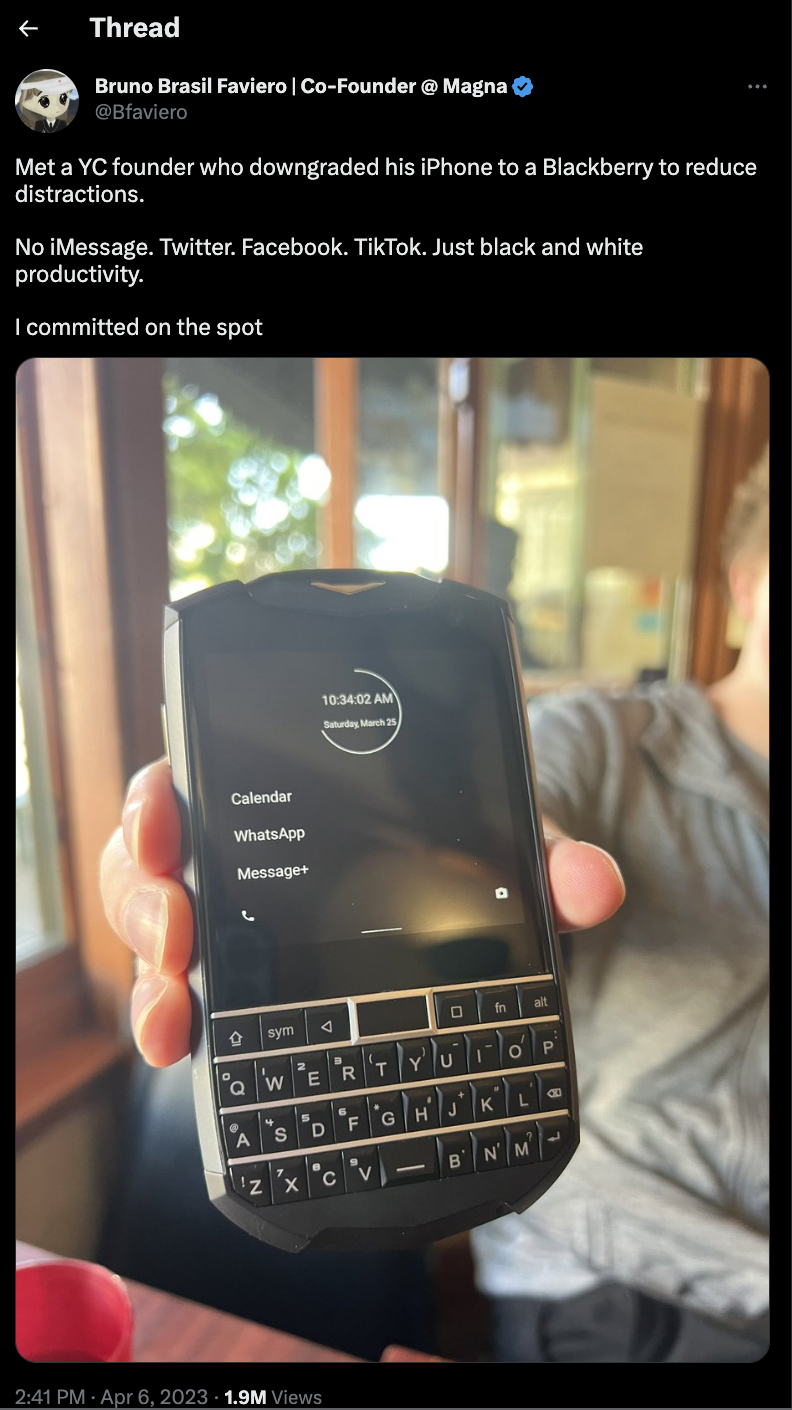04/07/23
Tasty Morsels From Groovy Hubs
on twitter as post-literate media consumption
The phenomenon of the twitter thread, a thread 🧵👇
We don’t get to choose the literary genre of our epoch, and in this worst-of-times-worst-of-times ..era, we have the Twitter thread. A series of tweets, written by one person and strung together by Twitter’s vertical border wall, the thread has emerged as this year’s ascendant form of argument: urgent, galloping, personality-driven and—depending on your view of the topic—either tacky and misleading or damned persuasive.
Virginia Heffernan, Politico
It would be hypocritical of me to not disclose that I got my current job because of a Twitter thread I wrote, which of course I am grateful for. Twitter is a great way to build and harness your personal monopoly, and find like-minded individuals.
People find a sense of belonging in these informal communities, e.g. “tech twitter”, where every tech bro in SF wakes up at 8am to tweet about crypto or that SF is back; “academia twitter”, where academics complain about inequity at their institutions and threaten to switch into industry; “stan twitter”, celebrity superfans writing smut, usually gen Z who haven’t experienced irl human connection.
I’m obviously half joking here – much of what I have learned about technology, venture capital, equitable systems is from following wonderful people on Twitter.
And honestly, I’ll probably make a thread out of this essay. But because a thread is served in tasty morsels, it can be read in a fraction of the time, giving readers the same ‘aha’ moments of intellectual satisfaction as magazine essays, that instant when a provocateur cracks open your thoughts. However, because so many people are trying to gain a following now by becoming ThOuGhT LeAdErS, the most jejune opinions are often amplified with pushy narratives, Rupi Kaur esque line breaks, and urgency – that impressionable young people often fall for.
Succession S1E6, Roman Roy, a somewhat self-aware, distractible character, delivers a scathing dismissal of news and literary traditions, along with religion, war, and world history. Then he proposes a more relevant business strategy: “Tasty morsels from groovy hubs.”
David Pring-Mill dissects this brilliant line perfectly
“Morsels” is a way of finding compatibility with modern attention spans (or appetites) that are both constant and dramatically reduced, seemingly the result of relentless digital stimuli, connectivity, and content over-saturation.
”Groovy” acknowledges the role of social clout across social media activities, as users increasingly try to construct digital facades and define themselves by association and opposition.
“Hubs” suggests that we have gone from more top-down approaches to new models that allow distributed players to participate in a digitized activity or environment.
While Twitter has undoubtedly revolutionized the way we consume and engage with information, it is important to note that this post-literate approach to media consumption has its drawbacks. It causes a lack of depth and nuance in our understanding of complex issues, and contributes to a decline in critical thinking and analytical skills. People now have gold-fish attention spans. According to a recent study by Microsoft, the average attention span of people has reduced to eight seconds, which is shorter than the notoriously unfocused goldfish with a nine-second attention span.
Post-literate media consumption refers to a shift away from traditional forms of text-based literacy towards multimedia communication. This shift has been driven by the rise of digital technologies and the increasing ubiquity of social media platforms like Twitter, which prioritize quick and immediate engagement with information over deeper engagement and analysis.
The rise of Twitter as a post-literate medium has led to the emergence of new forms of communication and engagement. For example, Twitter's use of hashtags and trending topics encourages users to engage with content in a way that is less text-based and more focused on visual cues and brief summaries. This has resulted in the rise of "meme culture," where images and short-form videos are used to communicate ideas and information in a quick and digestible way.
I’m torn on the topic because there is also potential for Twitter and other post-literate media like TikTok to be used in innovative ways to foster higher engagement and to create new opportunities for accessible learning, communication and connection. There is no other platform like Twitter, where so many people from different communities interact with one another in high fidelity. It is a ground for an infinite number of permutations and breeding of interdisciplinary work.
In an ideal world, I’d like to go analog – no devices, just vibes
Twitter is like a live forum, a real-time performance act, where feedback pours in quickly – some people leverage the groovy hub for their personal brands, where others will recycle the same tweet about Apple’s best feature being the automatic copying of the verification code. The same banal platitudes as the next person, building Potemkin villages around their already substance-less “unpopular-opinions”. Point is, if we continue to use these platforms, we must have strong bullshit detectors, curate our feeds intentionally, and engage with content and people who add value to our lives.
Twitter can be a powerful tool for communication and connection, but it can also be breeding ground for misinformation and negativity. By being mindful of our social media use and actively working to create a positive and constructive online experience, we can reap the benefits of these platforms while avoiding the pitfalls. This includes following credible sources, engaging in respectful and constructive conversations, and taking breaks from social media when necessary to prioritize our mental health and well-being.
So despite my own flurry of grumblings about snobby tweeters, I will probably keep using it and continue passively surveilling thought leaders to inform my opinions because I have never had an original thought.
If you enjoyed this, you might like reading
Passive Surveillance Is Not Intimacy
Do Not Look At Me
This piece is 7/50 of my 50 days of learning/writing. Subscribe to hear about new posts.

